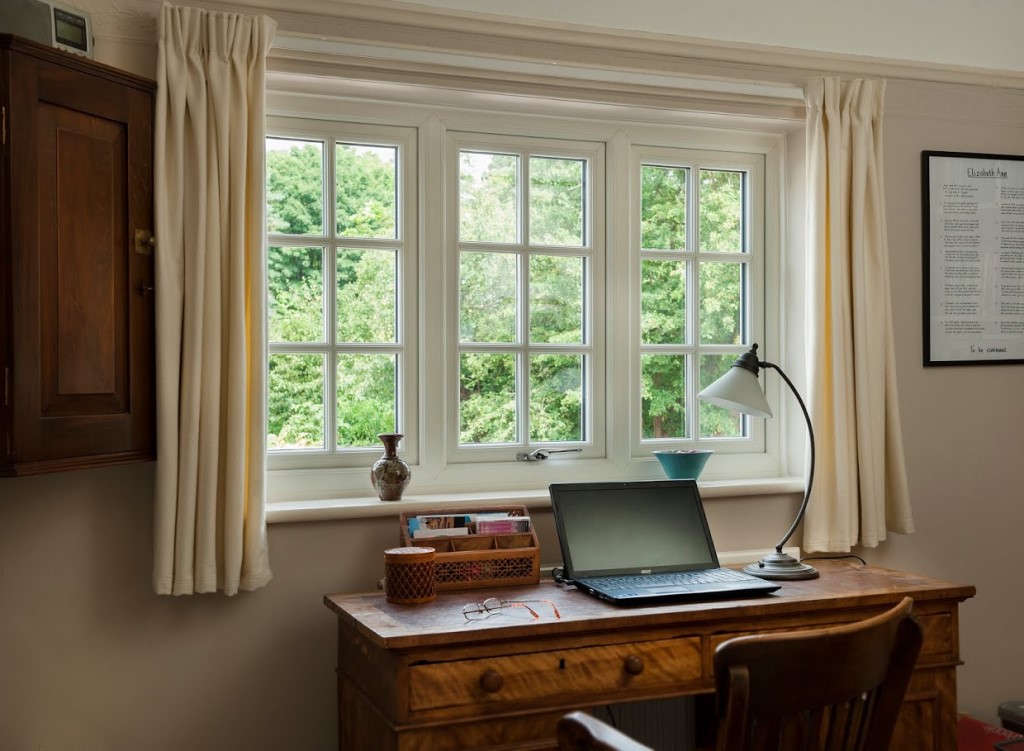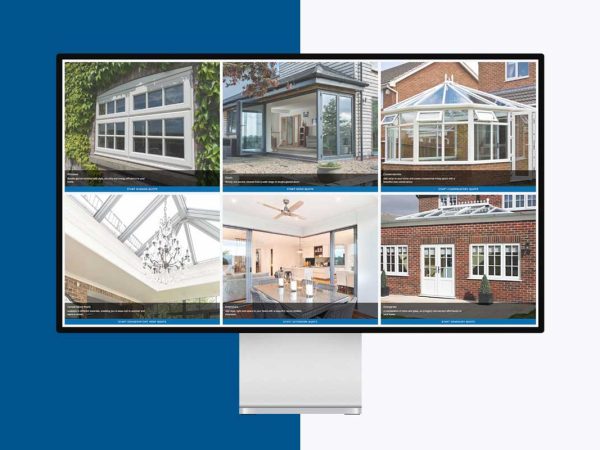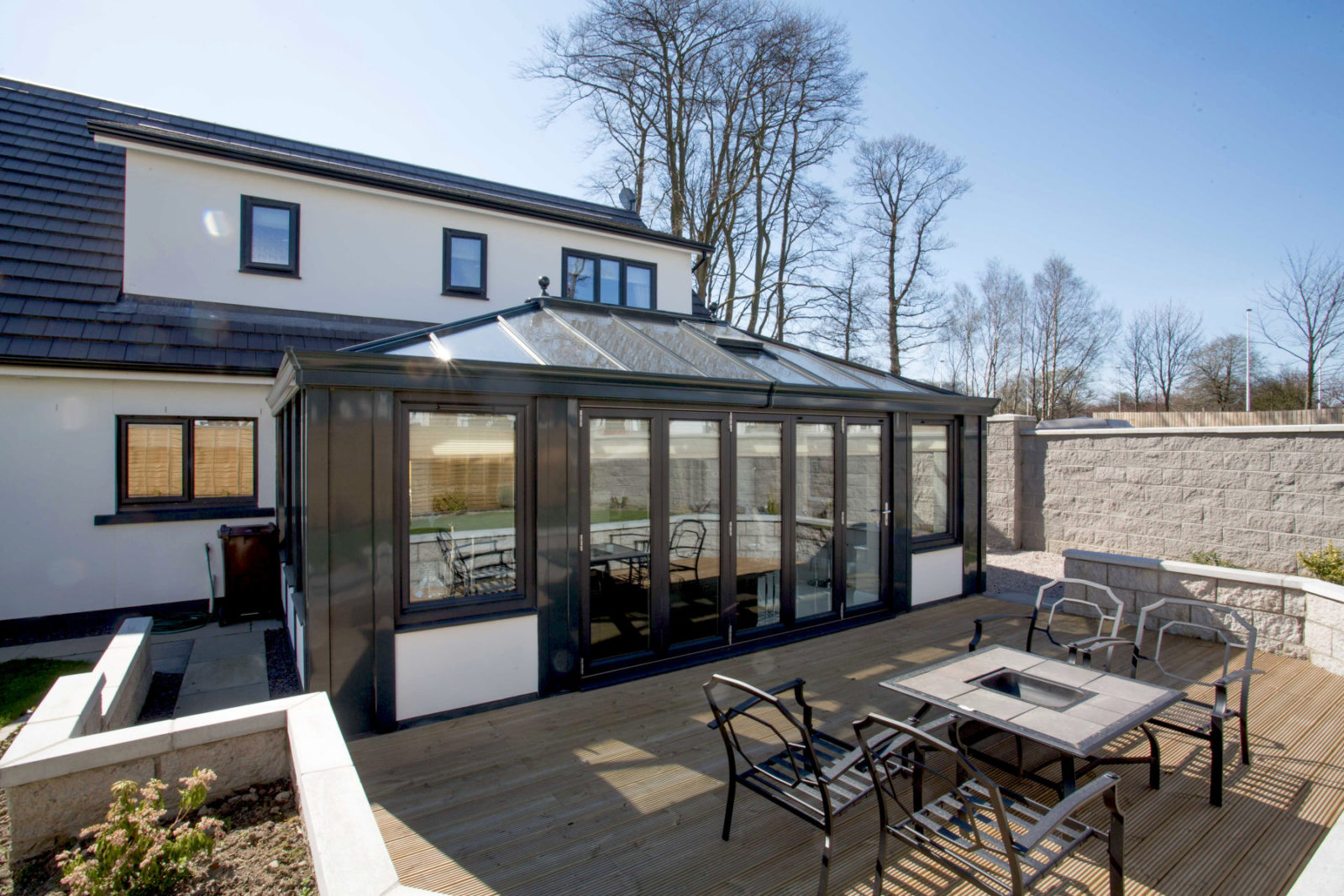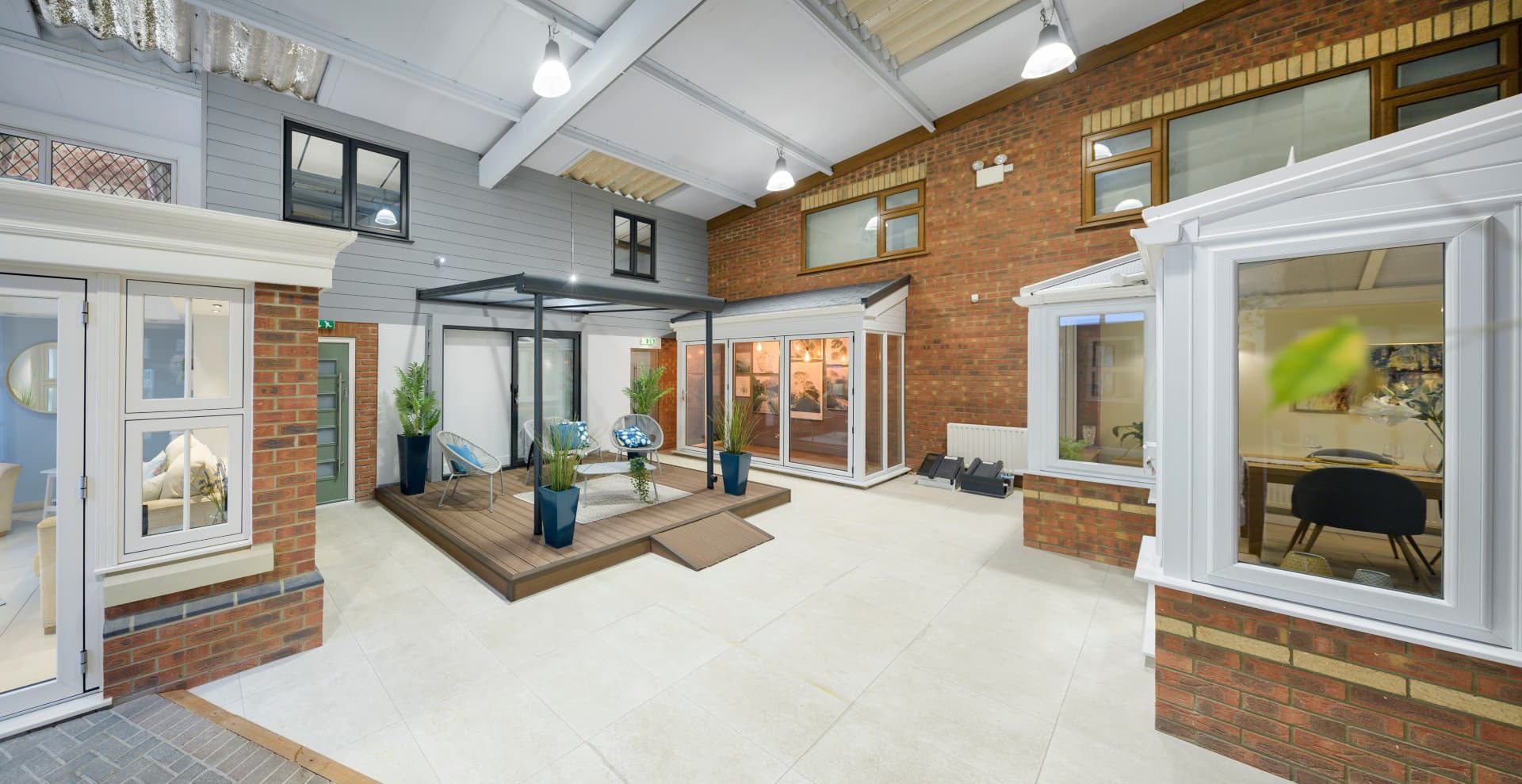Acoustic Glazing
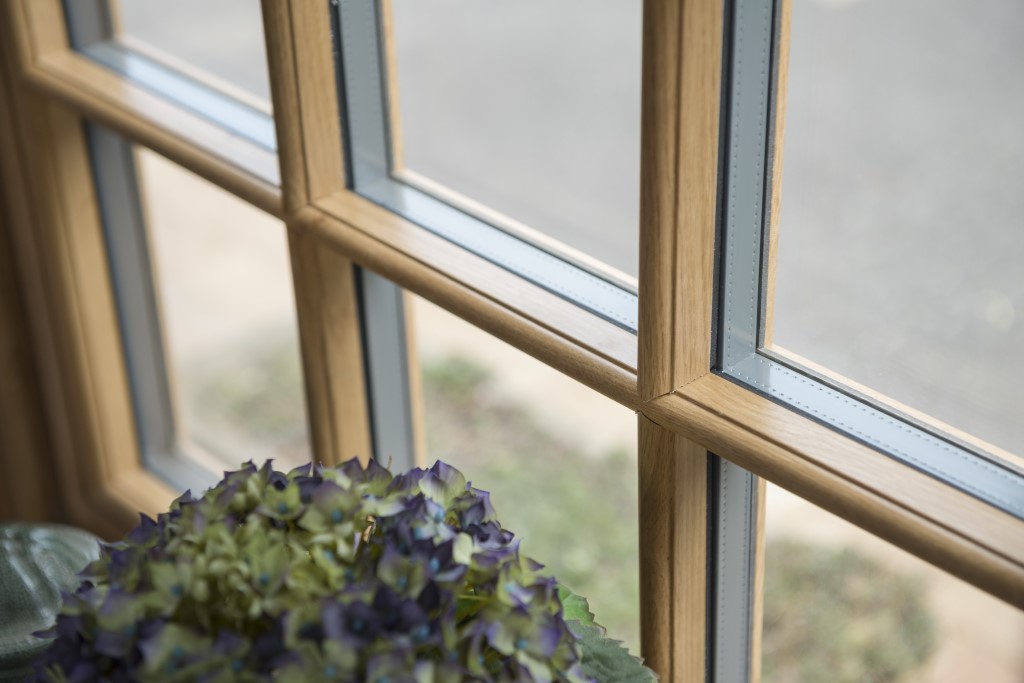
What is Acoustic Glazing or Noise Control Glass?
Noise is all around us. It comes from many sources – road traffic, railways, aircraft, factories, or just people going about their day to day lives. Over time, the world around us has grown noisier, and this trend is likely to continue. Acoustic glazing may provide a solution.
We want our homes to be a sanctuary from the outside noise and busyness. Ideally, we want to keep as much of the unwanted noise as we can outside.
Noise Science
Sound is produced when something vibrates. These vibrations must have a medium to travel through, this can be liquid, solid or gas. Sound travels through most materials. It transmits well through metal, and as any swimmer can tell you, you can still hear sounds whilst under water. Most of the sounds we hear, are transmitted through air. Using air as an example, the vibrations push and pull the air molecules together, which then push and pull their neighbour air molecules and so on. This causes a series of compressions (areas of high pressure) and rarefactions (areas of low pressure) to travel away from the source of vibration. This is a sound wave.
The intensity of a sound is measured in decibels (dB). The table below shows the decibel levels of some common sounds.
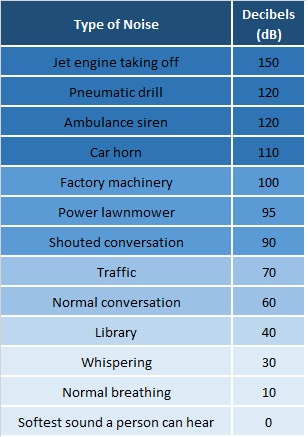
As we have already established, sound can pass through a variety of materials, including glass. So if this is the case, how can we stop outside noise from entering our home?
Interrupting Sound
Standard double glazing units do reduce the volume of noise as it passes through. However, depending on how exposed to noise your home is, you may need to consider glazing which is specifically made to tackle noise abatement.
To reduce the volume of a noise, you need to reduce the sound wave’s energy. In general, this can be done in the following ways:
- Using thicker glass.
- Forcing the sound wave to pass through a material which is engineered disrupt or absorb the energy.
- Changing the thickness of materials that the sound wave must pass through.
- Having the widest possible cavity between the panes of glass.
Starglaze acoustic glazing is made using high quality STADIP SILENCE glass from Saint-Gobain. This is a form of laminated glass, which is designed to significantly reduced the noise entering your home through closed windows. Laminated glass combines two sheets of clear glass, bonded together with a totally transparent plastic interlayer. In our acoustic double and triple glazed units, we use a thicker width of STADIP SILENCE glass, together with our standard width of float glass, to disrupt the sound waves. As we can combine it in insulating units with our energy efficient glass, it means that a greater level of comfort is achievable. And because it is a laminated glass, it has additional safety and security benefits.
In this combination, the insulating glass unit achieves at least a reduction of 35 decibels. Using the chart above, that brings the outside traffic noise down from 70dB to 35dB – less than a library!
